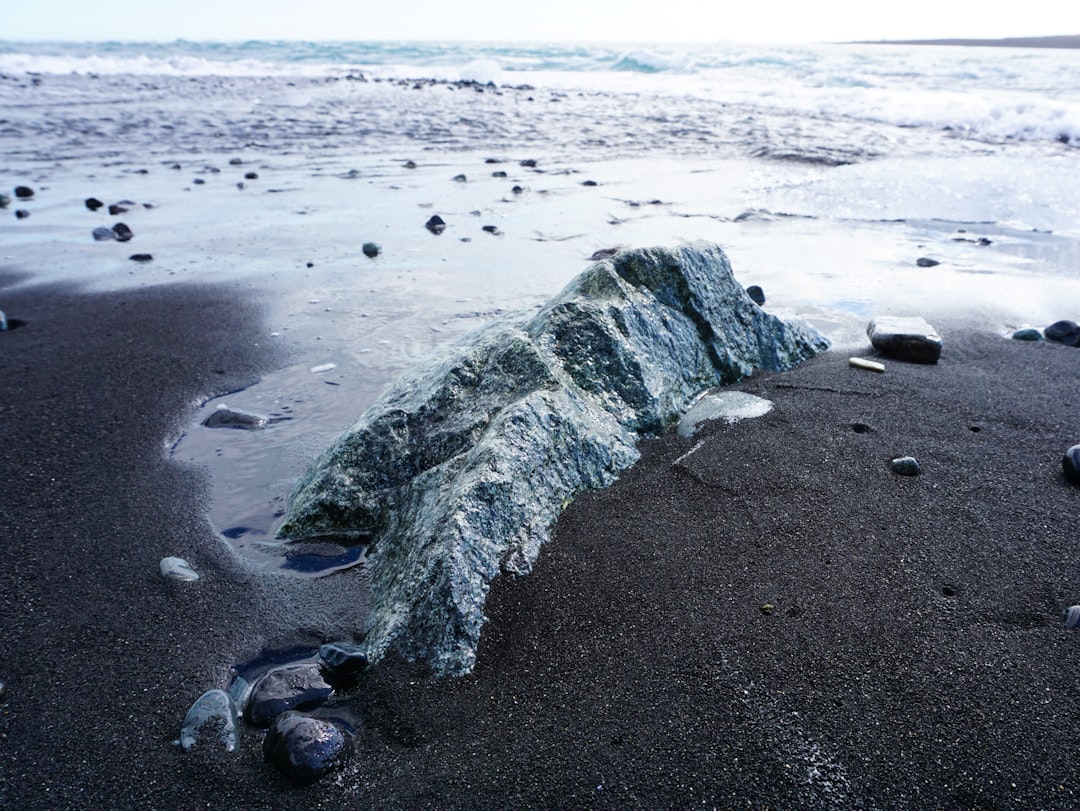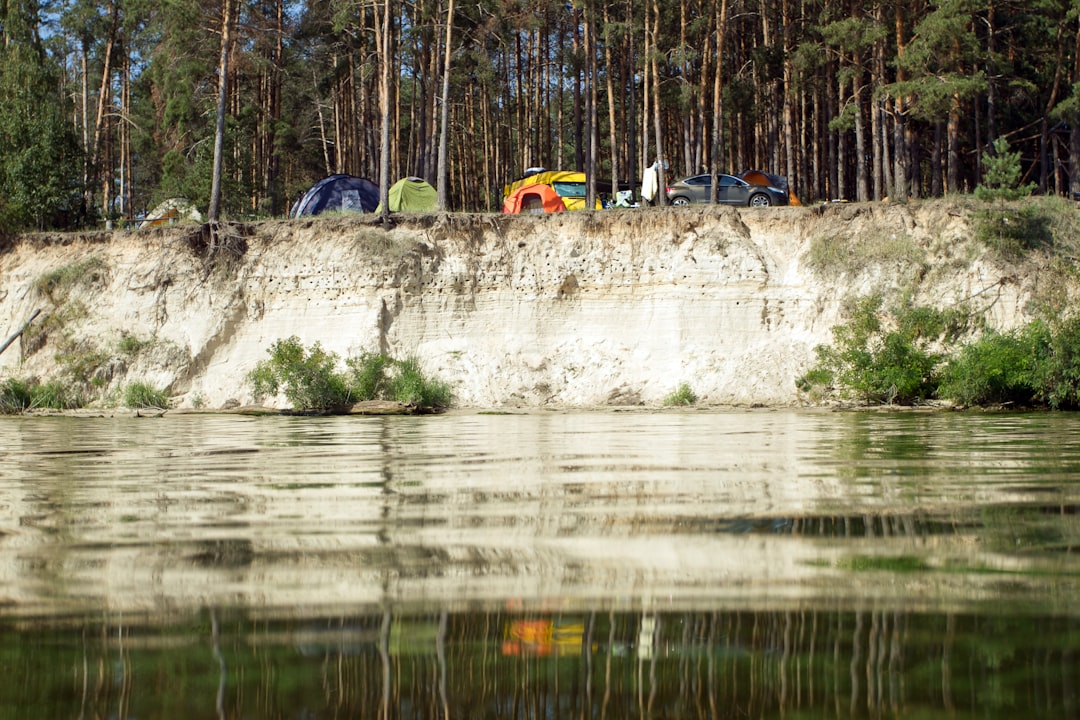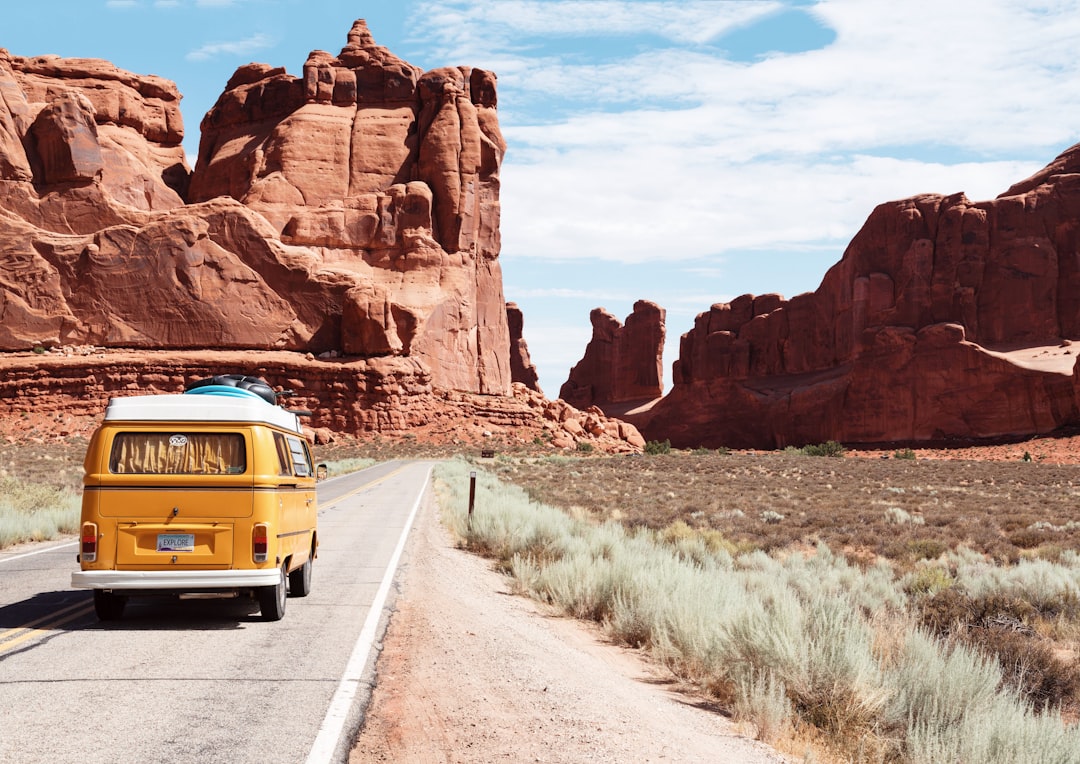Exploring remote Australia offers adventurers the opportunity to uncover hidden treasures in some of the most untouched and awe-inspiring landscapes on the planet. From lush rainforests to arid deserts, the vast expanses of remote Australia beckon those with a thirst for discovery and a love for the great outdoors. Embark on a journey with us as we delve into the ultimate guide to exploring the untamed beauty and rugged terrain of remote Australia. Whether you're a seasoned traveler or a curious explorer, get ready to step off the beaten path and immerse yourself in the raw natural splendor that awaits.
Planning Your Remote Adventure
Researching Remote Destinations in Australia
Before embarking on your remote Australian adventure, research potential destinations that offer unique experiences off the beaten path. Look for lesser-known national parks, secluded beaches, and hidden gems that can only be accessed by adventurous travelers.
Packing Essentials for Remote Travel
When exploring remote Australia, it's crucial to pack strategically. Make sure to include items such as:
-
Water and food: Always carry more than you think you'll need.
-
Navigation tools: GPS, maps, and compass to navigate unfamiliar terrain.
-
Emergency supplies: First aid kit, emergency blanket, and signaling devices.
-
Communication devices: Satellite phone or locator beacon for emergencies.
Securing Necessary Permits and Permissions
In some remote areas of Australia, permits may be required for entry or camping. Research the specific regulations for the locations you plan to visit and obtain any necessary permits in advance. Check with local authorities or national park websites for permit information.
For more detailed information on permits and regulations in remote Australia, refer to the official website of Australia's Department of Environment and Energy.
Remember, thorough planning and preparation are key to a successful and safe exploration of remote Australia.
Getting Around in Remote Australia
Choosing the Right Transportation Mode
When exploring remote Australia, selecting the appropriate mode of transportation is crucial for a successful adventure. Consider factors such as the terrain you'll encounter, the distance you plan to travel, and your comfort level with remote driving. Options for transportation include:
-
Four-wheel drive vehicles: Ideal for rugged terrains and off-road tracks.
-
Camper vans: Perfect for those who prefer a mobile accommodation option.
-
Motorcycles or bicycles: Great for exploring remote areas with a sense of freedom.
-
Local tour operators: Guided tours may offer transportation along with local insights.
Navigating Through Remote Terrains Safely
Before setting off on your journey, ensure you have reliable maps, GPS devices, and navigation tools. It's essential to stay on designated tracks and trails to protect the environment and prevent getting lost in unfamiliar territories. Familiarize yourself with the terrain and any potential hazards along the way.
Understanding Fuel and Water Availability
In remote areas of Australia, fuel and water availability can be limited. Plan your routes carefully, considering where you can refuel your vehicle and replenish water supplies. Carry extra fuel and water containers as a precautionary measure, especially when traveling through desolate regions.
For more tips on navigating remote terrains, consider checking out resources from reputable companies such as Tourism Australia. Their guides may provide valuable insights on exploring the remote parts of Australia safely and responsibly.
Camping in the Outback
Finding and Booking Campsites in Remote Areas
Exploring remote Australia often involves camping in the outback, surrounded by stunning landscapes and unique wildlife. Research campsites in advance, considering factors such as accessibility, facilities, and permits required. Look for remote campsites that offer a true wilderness experience away from crowds.
Setting Up Camp Safely and Responsibly
When setting up camp in remote areas, prioritize safety and environmental responsibility. Follow these guidelines:
-
Choose a flat and sturdy campsite: Avoid setting up tents on fragile ecosystems.
-
Dispose of waste properly: Pack out all trash and follow Leave No Trace principles.
-
Respect wildlife: Keep food stored properly to avoid attracting animals to your campsite.
Tips for Wildlife Encounters and Weather Conditions
In remote Australia, you may encounter unique wildlife species such as kangaroos, emus, and colorful birds. Be respectful of wildlife and observe from a safe distance. Additionally, prepare for extreme weather conditions by bringing appropriate gear like sun protection, warm clothing, and sturdy tent stakes.
For more information on camping in the Outback, consider checking out resources from leading outdoor retailers or camping equipment manufacturers for gear recommendations and safety tips related to exploring remote Australia.
Exploring Remote Australia's Natural Wonders
Snorkeling in Pristine Reefs and Marine Life
One of the highlights of exploring remote Australia is the opportunity to snorkel in pristine reefs teeming with marine life. Dive into crystal-clear waters to discover colorful coral gardens, tropical fish, and maybe even encounter majestic sea turtles or reef sharks. Remember to practice responsible snorkeling techniques to protect fragile underwater ecosystems.
Hiking Through Rugged Outback Trails
For adventurous souls, hiking through remote outback trails offers a chance to immerse yourself in Australia's raw and untamed wilderness. Explore ancient rock formations, dramatic gorges, and vast desert plains as you trek through rugged landscapes. Be sure to carry plenty of water, wear sturdy hiking boots, and follow trail markers to stay on course.
Wildlife Spotting in Remote National Parks
Remote Australia is home to diverse wildlife, from iconic kangaroos and wallabies to elusive echidnas and colorful bird species. Venture into remote national parks such as Kakadu, Karijini, or Flinders Ranges to witness these unique creatures in their natural habitats. Remember to maintain a safe distance, respect wildlife, and refrain from feeding wild animals.
For more insights on experiencing Australia's natural wonders, explore resources from renowned travel agencies or eco-tour companies that specialize in sustainable and responsible tourism practices in remote areas.
Immersing in Indigenous Culture
Learning About Aboriginal History and Traditions
When exploring remote Australia, take the opportunity to delve into the rich history and traditions of the Aboriginal communities. Learn about Dreamtime stories, traditional hunting techniques, and the deep connection to the land that Indigenous Australians have maintained for thousands of years. Respect and honor the cultural heritage of the First Nations people as you immerse yourself in their world.
Participating in Cultural Experiences and Tours
Enhance your understanding of Indigenous culture by participating in cultural experiences and tours led by knowledgeable guides from local communities. Witness traditional ceremonies, bush tucker demonstrations, or art workshops that offer insights into the customs and beliefs of the Aboriginal people. These experiences provide a meaningful way to engage with and support Indigenous communities.
Respecting Sacred Sites and Cultural Protocols
As you explore remote Australia, be mindful of sacred sites, culturally significant locations, and traditional protocols set by Aboriginal custodians. Seek permission before entering sacred spaces, avoid taking photographs in sensitive areas, and follow any guidelines provided by Indigenous elders or community members. By showing respect and reverence for these sites, you contribute to the preservation of Aboriginal culture and heritage.
For further information on engaging with Indigenous culture in remote Australia, consider consulting reputable travel operators or cultural organizations that specialize in promoting authentic and respectful interactions with Aboriginal communities.
Staying Safe and Responsible
Understanding Emergency Protocols in Remote Areas
When exploring remote Australia, it's essential to familiarize yourself with emergency protocols to ensure your safety in isolated regions. Be prepared for unexpected situations by:
-
Carrying communication devices: Maintain contact with emergency services or other travelers.
-
Sharing your itinerary: Inform someone of your travel plans, including expected return dates.
-
Knowing emergency contact numbers: Keep a list of local emergency services and contacts.
Leaving No Trace and Preserving the Environment
Responsible exploration of remote areas involves minimizing your impact on the environment and leaving no trace of your visit. Follow Leave No Trace principles by:
-
Properly disposing of waste: Pack out all trash and litter.
-
Respecting natural habitats: Avoid damaging plants and wildlife.
-
Using designated campsites: Camp in designated areas to reduce impact on fragile ecosystems.
Connecting with Local Communities for Support and Guidance
Engaging with local communities can enhance your remote Australia experience and provide valuable insights into the region's culture and environment. Consider:
-
Supporting local businesses: Purchase goods and services from local vendors.
-
Seeking advice from residents: Local knowledge can offer valuable tips for safe and enjoyable exploration.
-
Participating in community events: Immerse yourself in local traditions and activities to gain a deeper understanding of the area.
For more guidance on staying safe and responsible while exploring remote Australia, it's beneficial to refer to resources from well-known outdoor and adventure companies that prioritize ethical and sustainable travel practices.
Is it safe to explore remote areas of Australia?
Exploring remote areas in Australia can be safe as long as you adequately prepare and follow safety protocols. It's essential to research the area, notify someone of your plans, carry emergency supplies, and have reliable communication devices.
What permits are required for camping in remote Australia?
Permit requirements for camping in remote Australia vary depending on the location. National parks, conservation areas, and indigenous lands may have specific permit regulations. It's crucial to check with the relevant authorities or park websites for permit details before your trip.
How can I respectfully engage with Indigenous culture while exploring remote Australia?
To respectfully engage with Indigenous culture in remote Australia, prioritize learning about the customs and traditions of the local communities. Participate in cultural experiences led by Indigenous guides, ask questions respectfully, and adhere to cultural protocols and etiquette.
What wildlife can I expect to encounter in remote Australia?
Remote Australia is home to diverse wildlife, including kangaroos, wallabies, emus, and various bird species. Additionally, you may encounter reptiles like snakes and lizards. Remember to maintain a safe distance from wildlife, refrain from feeding animals, and respect their natural habitats.
What should I do in case of an emergency in a remote area?
In case of an emergency in a remote area, prioritize your safety by staying calm and accessing emergency communication devices. Contact local emergency services if available, share your location and details with authorities, and follow any provided instructions for rescue or assistance.









